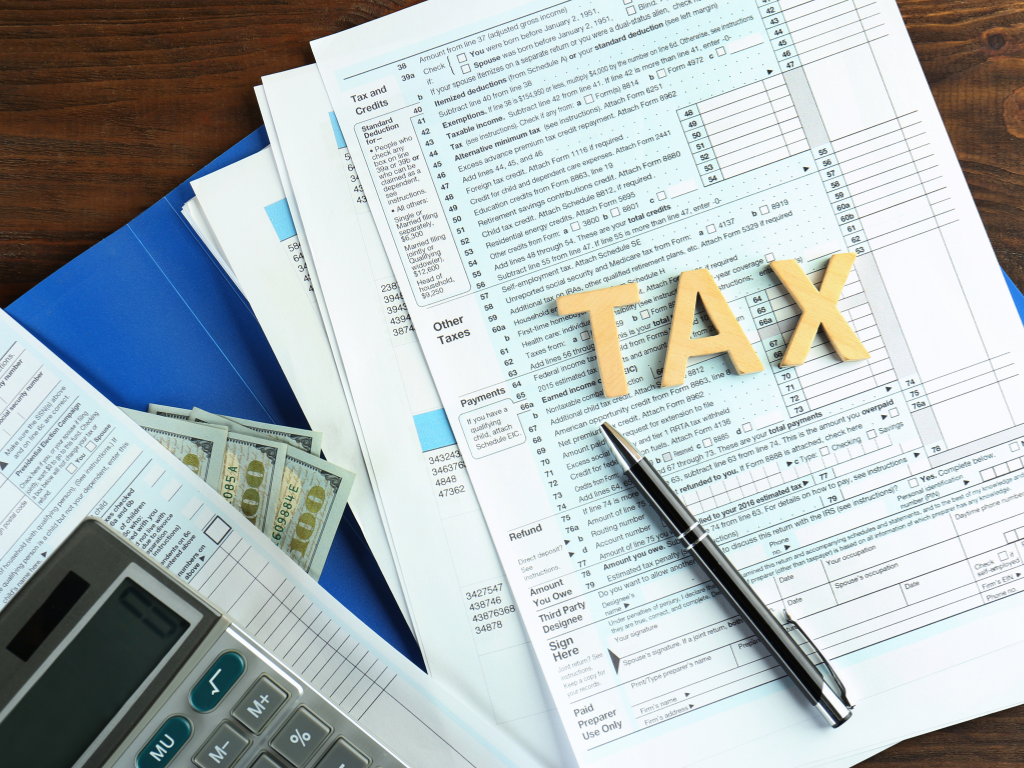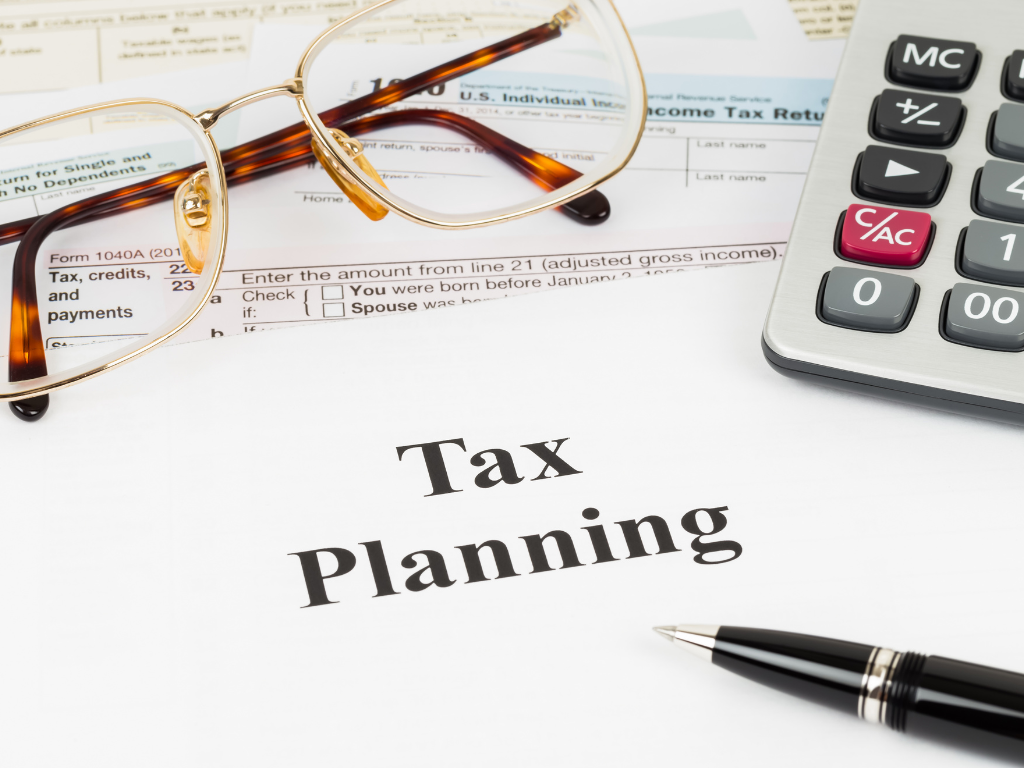The Qualified Opportunity Zone Program will only work if investors can confidently follow the breadcrumbs to their prize. Regulatory confusion has kept many investors paralyzed in uncertainty. In the update below, we provide an overview of the highly sought-after guidance, which was released by the Internal Revenue Service (IRS) and the US Treasury Department on April 17. The 169-page guidance covers a lot of ground. Below, we will give you a high-level overview and explain how the new clarifications will impact investors.
Opportunity Zone Program Primer
- The IRS states that all types of capital gains are eligible for the Opportunity Zones tax incentives through the use of Opportunity Funds, which invests at least ninety percent of its assets in Qualified Opportunity Zone (QOZ) Property.
- Qualified Opportunity Zone Funds (QOZF) are subject to specific regulations as set forth by the IRS, namely the types of gains that may be deferred, the timeline by which the amounts by invested, and how investors may elect to defer specified gains.
- The IRS defines eligible opportunity zone property as QOZF stock, QOZF partnership interest, or QOZF business property. Qualified opportunity property must exist and operate in a QOZ, be new to the entity, and abide by specific requirements.
Issues
The original Opportunity Zone legislation left eager investors with more questions then answers. Below are some of the issues that the guidance addresses.
- The vague term, “substantially all,” used in various places of section 1400Z-2
- Rules surrounding transactions that trigger the inclusion of gain that a taxpayer elected to defer under section 1400Z-2
- Unclear definitions of timing and amount of the deferred gain that is included in the package
- The approved treatment of leased property used by a QOZ business and use of QOZ business property in the QOZ
- Sourcing of gross income to the QOZ business
- Another vague term, “reasonable period,” for a QOF to reinvest proceeds from the sale of qualifying assets without paying a penalty
Further Guidance
Below are a few of the key clarifications giving investors the green light to move forward:
- For use of the property, at least 70 percent of the property must be used in a QOZ.
- For the holding period of the property, tangible property must be QOZ business property for at least 90 percent of the QOF’s or QOZ business’s holding period.
- The partnership or corporation must be a QOZ business for at least 90 percent of the QOF’s holding period.
- Eligible business criteria expand from revenue generation to service transactions and employee location.
In addition, the IRS noted a few situations where deferred gains may become taxable. If an investor transfers their interest in a QOF, e.g., if the transfer is done by gift, the deferred gain may become taxable. However, inheritance by a surviving spouse is not a taxable transfer, nor is a transfer, upon death, of an ownership interest in a QOF to an estate or a revocable trust that becomes irrevocable upon death.
We encourage you to read the update in its entirety as it includes additional guidance on the term “original use,” and addresses all the issues mentioned above. If you are still unsure about moving forward with this investment opportunity, the professionals in our office are standing by to answer your specific questions and address your concerns.
Sandusky
419-625-4942
Norwalk
419-668-2552
Treasury Circular 230 Disclosure
Unless expressly stated otherwise, any federal tax advice contained in this communication is not intended or written to be used, and cannot be used or relied upon, for the purpose of avoiding penalties under the Internal Revenue Code, or for promoting, marketing, or recommending any transaction or matter addressed herein.
 Home
Home Sign In
Sign In Make a Payment
Make a Payment Search
Search











